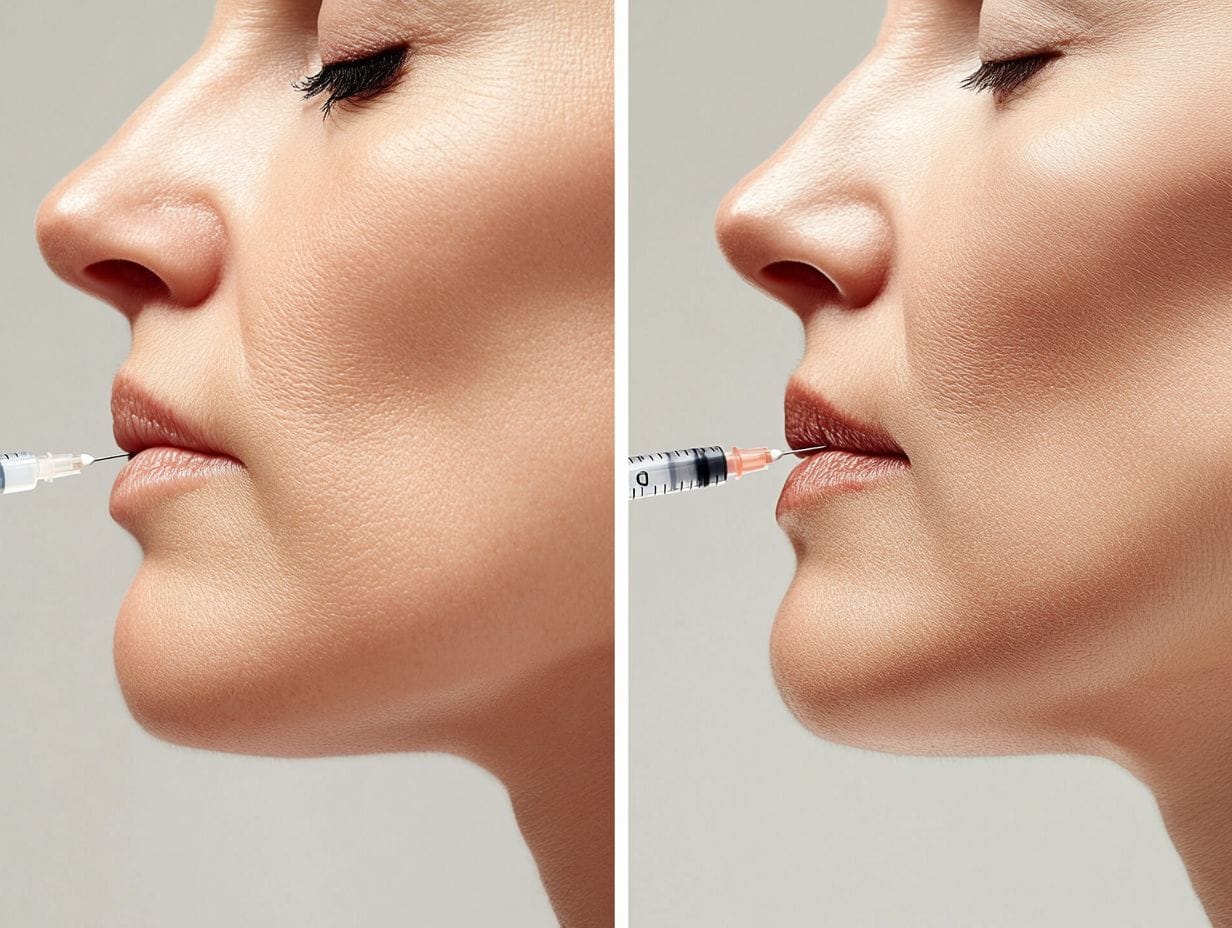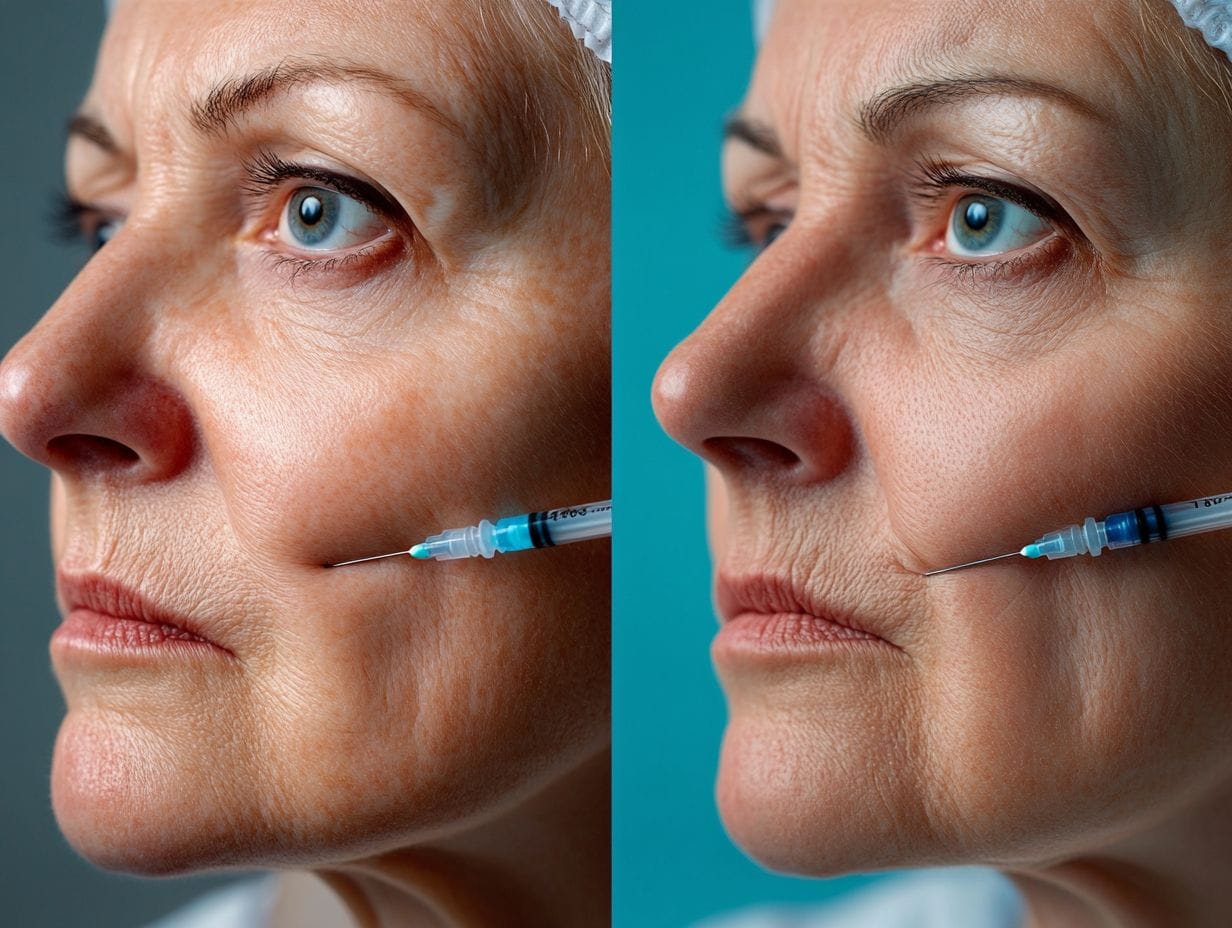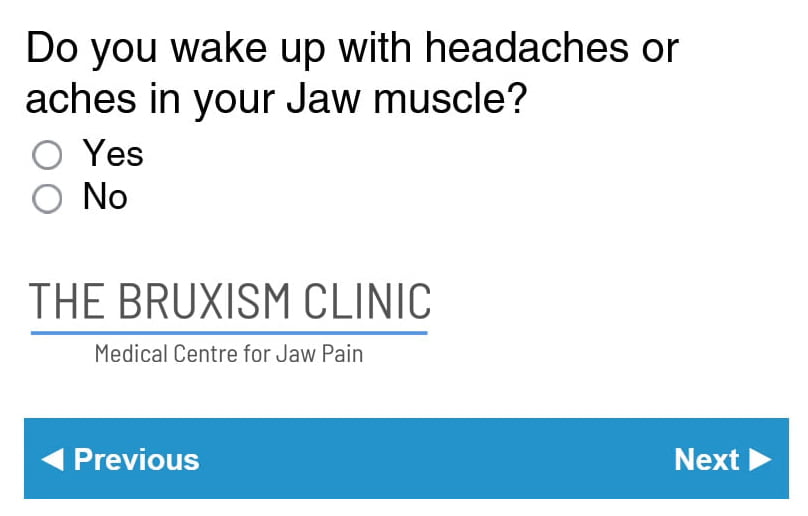Bruxism, often characterised by teeth grinding and jaw clenching, can lead to discomfort and long-term dental issues if left untreated. Understanding its causes and symptoms is crucial for effective management. This article explores the signs of bruxism, traditional treatment options for Bruxism and jaw tension relief, and the innovative use of Botox as a solution. […]





 Common symptoms of bruxism include jaw pain, facial tension, headaches, and significant dental health issues, making it imperative to recognise these signs for effective symptom relief.Many individuals may experience discomfort that radiates from the jaw into the neck and even the temples, resulting in chronic headaches. This facial tension often arises from clenching and grinding during sleep or periods of stress.If left untreated, bruxism can lead to enamel wear, increased tooth sensitivity, and even dental fractures, ultimately necessitating costly treatments. Therefore, recognising these symptoms is crucial, as they not only impact personal comfort but also pose a threat to overall dental health.Seeking professional advice can facilitate the development of effective management strategies, ensuring long-term relief and the preservation of dental integrity.
Common symptoms of bruxism include jaw pain, facial tension, headaches, and significant dental health issues, making it imperative to recognise these signs for effective symptom relief.Many individuals may experience discomfort that radiates from the jaw into the neck and even the temples, resulting in chronic headaches. This facial tension often arises from clenching and grinding during sleep or periods of stress.If left untreated, bruxism can lead to enamel wear, increased tooth sensitivity, and even dental fractures, ultimately necessitating costly treatments. Therefore, recognising these symptoms is crucial, as they not only impact personal comfort but also pose a threat to overall dental health.Seeking professional advice can facilitate the development of effective management strategies, ensuring long-term relief and the preservation of dental integrity.
 When comparing Botox to alternative masseter reduction methods, it is recognized as a popular non-invasive treatment that effectively achieves jawline slimming with minimal downtime.In contrast to surgical options, such as jaw reduction surgery, which necessitates significant recovery time and may entail greater discomfort, Botox offers a prompt solution with visible results typically observed within weeks.Patients interested in alternatives may explore non-surgical techniques, such as lifestyle modifications or dental treatments; however, these approaches often produce less noticeable changes and demand ongoing commitment.Conversely, while Botox requires periodic touch-ups, many individuals appreciate the simplicity and effectiveness of this technique.Ultimately, patient satisfaction varies and is influenced by factors such as desired outcomes and tolerance for recovery periods associated with more invasive treatments.
When comparing Botox to alternative masseter reduction methods, it is recognized as a popular non-invasive treatment that effectively achieves jawline slimming with minimal downtime.In contrast to surgical options, such as jaw reduction surgery, which necessitates significant recovery time and may entail greater discomfort, Botox offers a prompt solution with visible results typically observed within weeks.Patients interested in alternatives may explore non-surgical techniques, such as lifestyle modifications or dental treatments; however, these approaches often produce less noticeable changes and demand ongoing commitment.Conversely, while Botox requires periodic touch-ups, many individuals appreciate the simplicity and effectiveness of this technique.Ultimately, patient satisfaction varies and is influenced by factors such as desired outcomes and tolerance for recovery periods associated with more invasive treatments.

